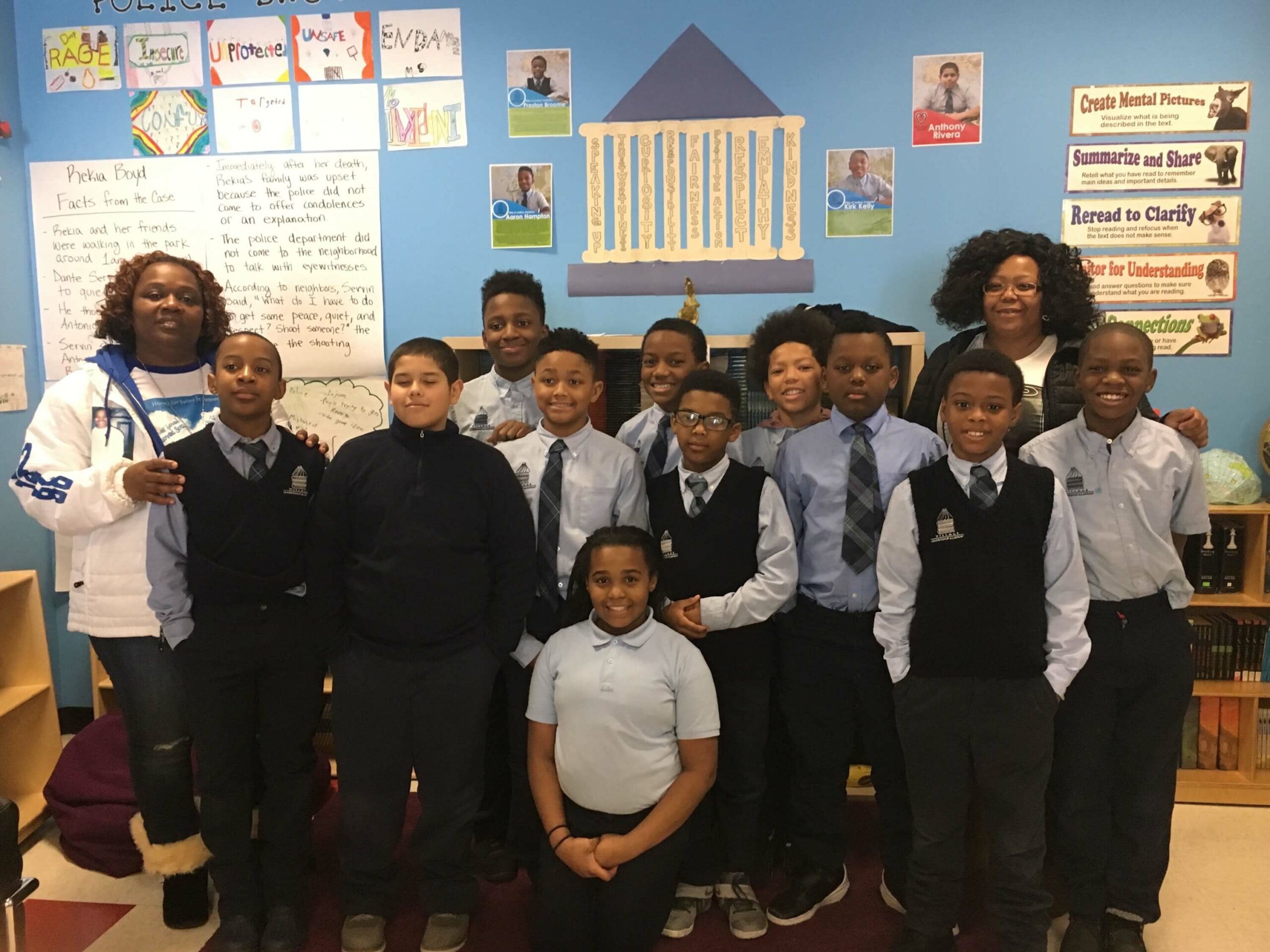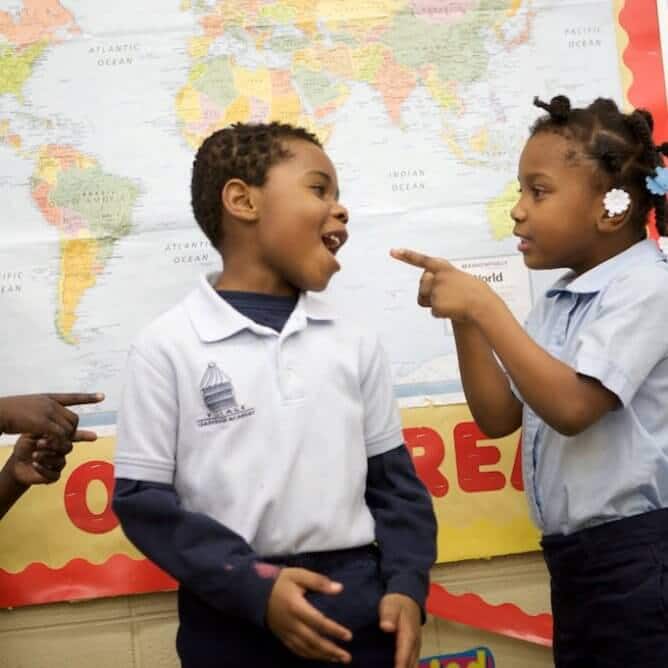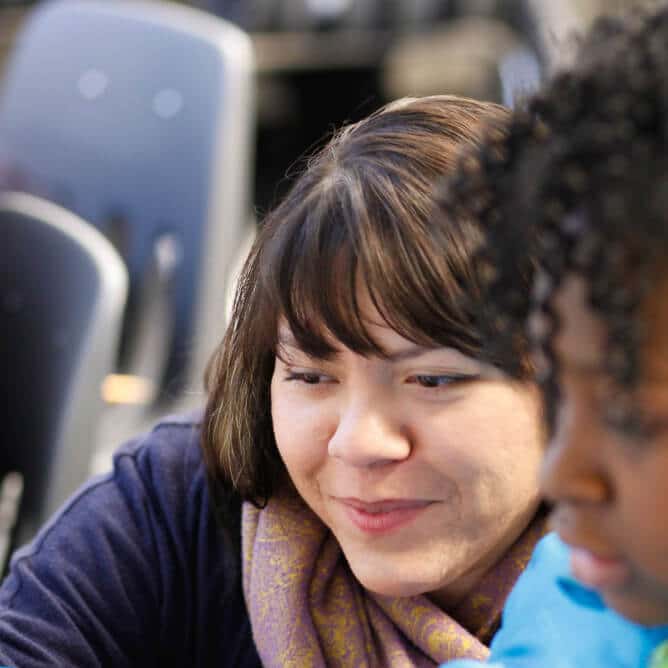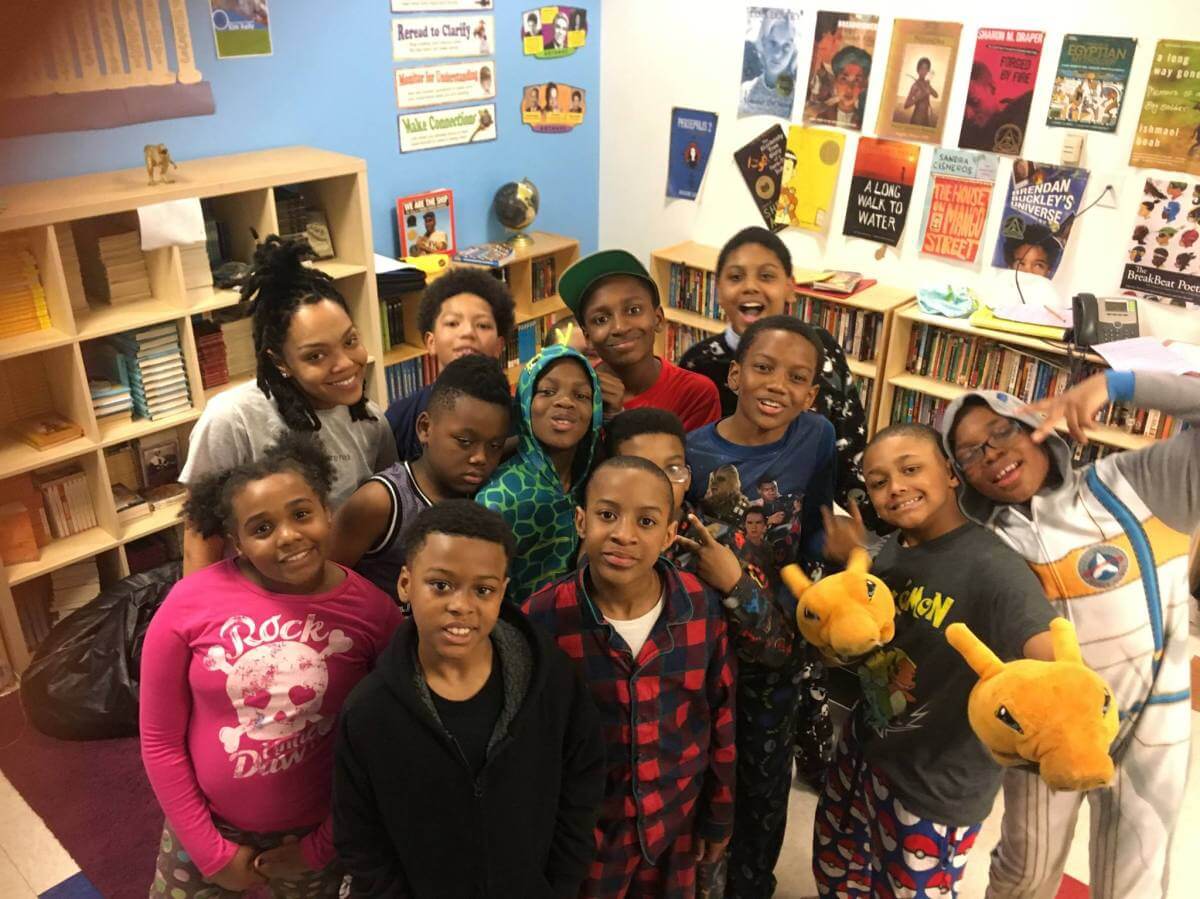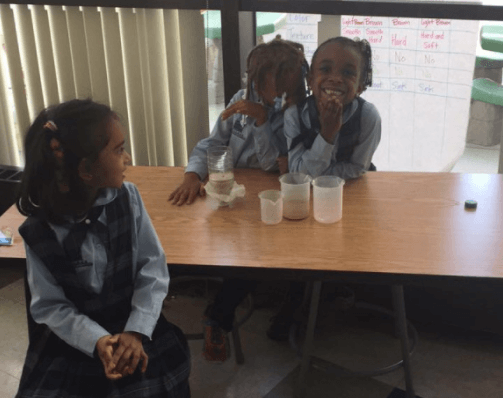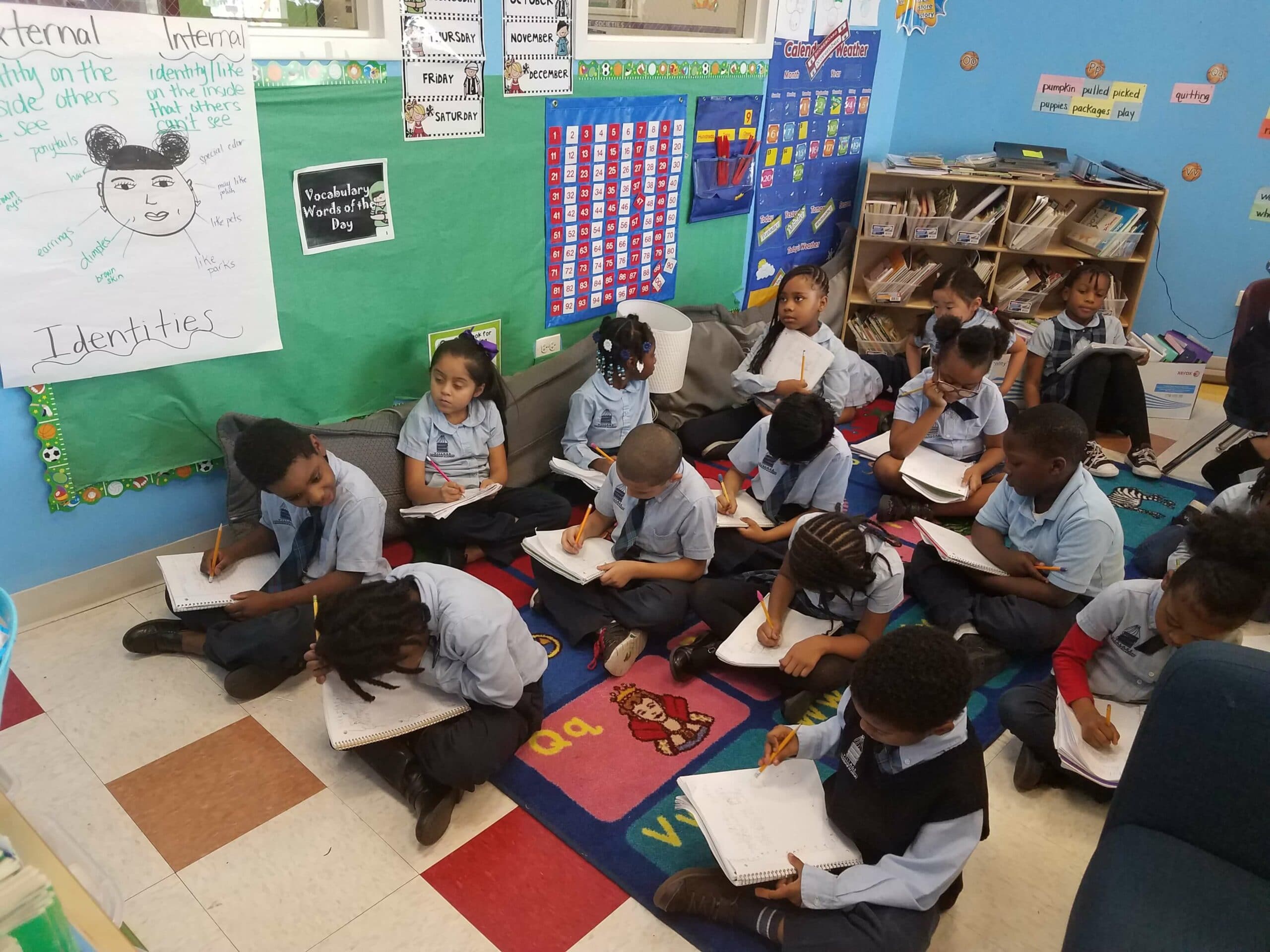Blog
Inspiring Students Through Service Learning
From lesson planning for every minute of instruction to grading hundreds of homework sheets every week, we are never really “done.” There seems to always be another parent phone call that needs to be made or another bulletin board that needs to be filled with student work.
While every school year presents its unique challenges and, of course, successes, this year has been particularly challenging for me, but also incredibly rewarding. As a middle school literacy teacher, I teach reading to different grades throughout the day and I also advise my homeroom students. Early on this year, I knew I would have my work cut out for me when only half of my homeroom students submitted their reading homework during the first week of school. In fact, many of my homeroom students, who have earned a reputation over the years for not submitting work on time, had missing assignments in many of their other classes. Subsequent weeks were better, but only marginally so.
At our school, we always seek a 100% homework turn-in rate. The other middle school classes usually meet this goal. As a result, the other middle school teachers and I tried many strategies to boost homework completion and homework quality among my homeroom students. There definitely was progress, but nowhere near what we would consider optimal or even sufficient.
However, my students always seemed most engaged and most participative during our grassroots campaign sessions. Even students that normally seemed distracted or uninterested in other classes were actively engaged during our GRC research activities.
As mentioned in my last GRC reflection, my homeroom class’s grassroots campaign is focused on helping prevent domestic violence. In addition, we would also like to create a monthly e-magazine, entitled “Our Future,” to help educate others about how domestic violence affects families and how we can prevent it.
In order to get my students more grounded on the topic, I organized several “GRC Research Days.” On these days, about 30-45 minutes of the reading block were allocated to small group research on domestic violence. Since this necessarily involved reading nonfiction sources, I knew that these activities would help promote nonfiction literacy skills.
On our first GRC Research Day, two interns at our school and I divided the students up into three groups. One group, which I led, was tasked with researching the causes, effects and solutions of domestic violence. Another group, led by Ms. Alomari, researched what resources we would need to create care kits for domestic violence survivors. The last group, led by Ms. Martinez, focused on finding and researching partner organizations, such as domestic violence shelters or legal clinics.
Students learned many things from their research and they presented their findings the next day. Students in my group learned how children in homes with domestic violence are more likely to be stressed and/or depressed. Other students learned that many domestic violence survivors need toiletries and baby supplies. Some students also found the contact information for the Domestic Violence Legal Clinic, Mercy Home for Boys and Girls, the Chicago, Abused Women Coalition and the Primo Center.
Although students learned a lot on their first GRC Research Day, I think that they were most profoundly moved when they learned about the proliferation of violence-related news stories about Chicago on the internet. On this research day, students wanted to test out their hypothesis that there were more negative stories about our communities than positive stories. We decided to test this hypothesis by typing in certain searches into Google and Youtube.
Our list of search entries included items like “Chicago violence,” “Chicago West Side Violence,” “Chicago shooting,” and “Chicago domestic violence.”
Our results were absolutely eye-opening:
Google Results:
Chicago violence=174,900,000 results
Chicago West Side violence=28,500,000 results
Chicago shooting=201,000,000 results
Chicago domestic violence=32,400,000 results
Chicago peace organizations=16,900,000 results
Youtube Results:
Chicago violence=554,000 video results
Chicago West Side violence=17,700 video results
Chicago shooting=1,000,000 video results
Chicago domestic violence=21,500 video results
Chicago peace organizations=24,600 video results
Given that Chicago has less than 3 million residents, my students and I were very moved by these numbers. Clearly, our city has a violence problem. Moreover, we checked many of the Google search results to see what exactly was being written about violence in Chicago. More often than not, the Google results were news stories of shootings. And there have been far too many.
Yet, my students know that this isn’t the whole story because they know that there are many organizations, like CeaseFire, helping prevent violence in our city. However, most news stories about Chicago’s West Side fail to mention these organizations. As a result, many students suggested that we also write about positive stories in our communities to help highlight the work of these community leaders. We will add these community focus pieces to our e-magazine.
Getting to see students excited about conducting their own research, writing mini-reports and presenting their findings has been incredibly rewarding. I can also see how students are more collaborative. They want to help each other because our grassroots campaign requires the work of many people to succeed. As our VLA affirmation says, “We can do anything we set our minds to.”
Enroll Now
Discover a partner in the future of your child. Enroll your scholar for the 2021-2022 school year today!
